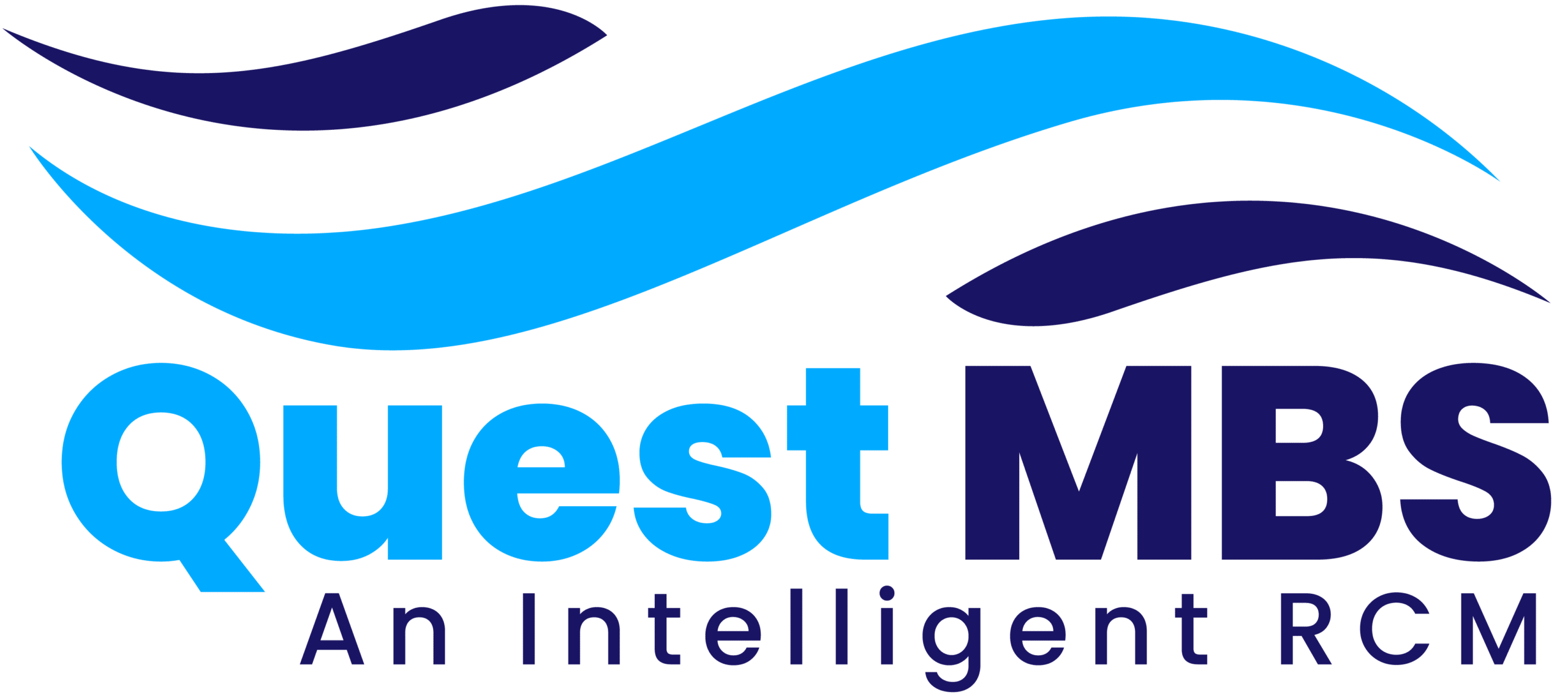Introduction: Why Medicaid Reimbursement Needs Attention
For healthcare providers serving low-income populations, Medicaid is a critical source of reimbursement. However, navigating Medicaid billing comes with its own set of challenges—from delayed payments and strict documentation rules to frequent claim denials and shifting state-level regulations. Without an optimized process, practices risk underpayment and administrative burden.
Improving your Medicaid reimbursement process is essential for maintaining cash flow, compliance, and operational efficiency. With the right technology, workflow strategies, and billing expertise, providers can not only reduce denials but also increase the accuracy and speed of their payments.
1. Understand Medicaid Policies at the State Level
Each state administers its own Medicaid program under federal guidelines, which means reimbursement rules, covered services, and billing codes can vary. Providers must stay updated with their state’s Medicaid manual and payer bulletins. Partnering with billing services familiar with state-specific requirements ensures fewer errors and denials.
2. Verify Patient Eligibility in Real Time
Verifying Medicaid eligibility before the patient visit is one of the most effective ways to prevent claim rejections. Advanced eligibility verification tools check benefits, coverage status, and authorization requirements in real time, allowing staff to address issues before services are rendered.
3. Leverage EHR and Billing System Integration
Integrating your EHR with billing software streamlines documentation, charge capture, and code transfer. This ensures that claims submitted to Medicaid are accurate and complete, reducing the need for resubmissions or corrections. Integration also improves visibility into the status of claims and remittances.
4. Improve Documentation and Coding Accuracy
Proper documentation supports accurate coding, which is essential for successful Medicaid billing. Using intelligent coding software that flags errors, provides coding suggestions, and supports ICD-10 and CPT guidelines can significantly reduce coding-related denials.
5. Automate the Claims Management Process
Automation tools help manage the Medicaid claims process more efficiently. From claim scrubbing and submission to denial alerts and payment posting, automation eliminates repetitive manual tasks. This reduces the risk of human error and speeds up the reimbursement cycle.
6. Use Predictive Analytics to Prevent Denials
Predictive billing analytics can help identify patterns in claim denials, allowing practices to proactively address root causes. These tools analyze past claims data to highlight documentation gaps, coding trends, or payer behaviors that may impact future reimbursements.
7. Track Claims with Real-Time Dashboards
Using real-time revenue cycle dashboards gives billing teams immediate insight into claims status, A/R aging, and denial rates. This data enables faster follow-up, identifies bottlenecks in the process, and supports strategic decision-making to improve Medicaid collections.
8. Train Staff in Medicaid Billing Best Practices
Your front-office and billing staff should be regularly trained on Medicaid billing rules, documentation standards, and changes in regulations. Investing in training reduces preventable mistakes and ensures that everyone in the revenue cycle understands their role in accurate billing.
9. Collaborate with a Medicaid-Specialized Billing Partner
Outsourcing billing to a firm with experience in Medicaid reimbursements can provide expertise, advanced tools, and dedicated follow-up processes. These partners stay updated with Medicaid changes and utilize payer connectivity platforms to ensure timely claim submissions and follow-through.
10. Address Denials Promptly with Technology
Denied Medicaid claims can be resubmitted if corrected quickly. Modern denial management tools identify denial reasons, recommend fixes, and automate appeal letter generation. Faster response means faster reimbursement and less lost revenue.
11. Use Mobile Charge Capture for On-the-Go Services
For providers working in mobile clinics or community health settings, mobile charge capture apps ensure that all services are recorded accurately and immediately. This supports cleaner claims and fewer missed charges, especially in multi-provider teams.
12. Provide Upfront Cost Estimates and Payment Options
While Medicaid covers a wide range of services, some patients may have copays or be on limited benefit plans. Tools that provide upfront estimates help set expectations and avoid confusion. Offering online payment options also helps collect any patient responsibility faster.
13. Integrate with Medicaid Payer Portals and Clearinghouses
Direct integration with Medicaid payer portals and clearinghouses ensures faster claims transmission, real-time status checks, and electronic remittance advice. This technology speeds up corrections and reduces communication gaps between providers and payers.
14. Use Patient Engagement Tools for Scheduling and Reminders
Reducing no-shows improves overall reimbursement. Patient engagement platforms send automated appointment reminders, reducing gaps in care and supporting accurate documentation for Medicaid services. This also helps in keeping visit volumes consistent for steady cash flow.
15. Monitor Reimbursement Trends and KPIs
Keep track of Medicaid-specific key performance indicators such as clean claim rate, denial rate, days in A/R, and reimbursement per visit. Benchmarking these metrics over time helps identify areas for improvement and highlights the impact of implemented changes.







